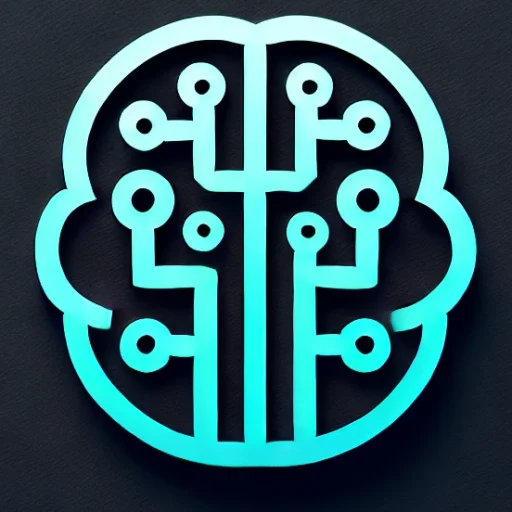
The Revolutionary Impact of Generative AI on Creativity and Industry
In recent years, generative AI has emerged as one of the most transformative forces in both the creative industries and broader business sectors. As AI algorithms become increasingly sophisticated, they are enabling a new wave of creativity and innovation. This post explores the key insights, technological advancements, real-world applications, challenges, and future prospects of generative AI.
Key Insights & Latest Advancements
Generative AI refers to algorithms that can create new content, whether it be text, images, music, or videos. Advances in deep learning, particularly the development of Generative Adversarial Networks (GANs) and transformers, have fueled this revolution. Models like OpenAI’s GPT series and Google’s Bard are pushing the boundaries of what machines can create, generating content that often surpasses human capabilities in both creativity and detail.
Recent breakthroughs include the ability to produce incredibly realistic deepfakes or synthetic media, as well as creating art that challenges the definition of originality and creativity. Moreover, the democratization of these AI tools means broader access for creators worldwide, allowing for personalized, on-demand content production across various media formats.
Real-World Applications
The applications of generative AI are vast and rapidly expanding:
-
Creative Arts: Artists are using AI to collaborate on innovative projects, creating unique artworks that blend human ingenuity with machine precision. AI-assisted music composition tools are enabling musicians to explore new genres and styles, while filmmakers are utilizing AI to craft hyper-realistic special effects.
-
Business & Marketing: Companies leverage generative AI to create personalized marketing content, automate customer service with chatbots, and design products tailored to consumer preferences. In advertising, AIs are crafting dynamic ad campaigns that adapt to audience reactions in real time.
-
Healthcare: In medical imaging, AI aids in enhancing diagnostic accuracy by generating high-resolution scans and predictive models, assisting doctors in making informed decisions.
Challenges & Future Outlook
Despite its exciting potential, generative AI poses significant ethical and technical challenges:
-
Ethical Concerns: The ability to create deepfakes and synthetic media raises issues about misinformation and trust. It’s crucial to establish robust verification methods and ethical guidelines to mitigate potential misuse.
-
Data Bias and Copyright: The data-driven nature of AI models can reflect societal biases, necessitating careful curation and review processes. Moreover, questions surrounding intellectual property rights and originality continue to spark debate.
-
Technical Hurdles: While generative models have advanced significantly, they often require substantial computational resources, posing sustainability concerns. Efforts are needed to enhance the efficiency and accessibility of these models.
Looking ahead, as generative AI technologies continue to evolve, they promise to redefine industries, enhance human creativity, and contribute to solving some of the world’s most pressing problems. However, continuous attention to ethical and technical challenges is vital to ensuring these systems are developed responsibly and used for the greater good.
Conclusion
Generative AI is reshaping the landscape of creativity and industry, offering new possibilities while posing unique challenges. As we continue to explore its potential, the key lies in balancing innovation with ethical responsibility. By doing so, we can harness the power of generative AI to foster unprecedented creativity and drive economic growth, ushering in a new era of technological advancement.

